Hire Flutter App Developers in 2023
What is Flutter? How to hire Flutter developers? What are the qualifications and responsibilities of Flutter developers? Where to find app developers for Flutter app development? How much does it cost to hire a Flutter developer?
This post will answer all of the above questions.
What is Flutter? Why is Flutter so popular?
Flutter is an open-source user-interface software development kit (SDK) for cross-platform app development. The term ‘cross-platform development’ refers to the construction of software that can run on various operating systems.
Flutter apps save money because tech teams don’t have to write separate code for each OS. In addition, Flutter features a layered architecture that speeds up rendering and development.
Developers prefer Flutter for its ‘single codebase for all platforms’ feature that allows quick release of cross-platform applications. This feature is both cost-effective and efficient.
Top advantages of Flutter app development
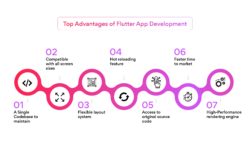
Top advantages of Flutter app development
-
A single codebase to maintain
App development in Flutter is easier than in native languages. App creation usually demands knowledge of Swift, Java, JavaScript, and the workings of app stores. But in Flutter, developers just need to know one language: Dart.
Google developed Dart as an alternative for JavaScript problems. Dart has powerful features present in object-oriented programming languages. The language started gaining momentum in 2017 when Google announced Flutter for cross-platform mobile app development. Google created the popular Google Adwords and Google Fiber with it. -
Compatible with all screen sizes
Flutter has some fantastic features that allow developers to create apps on many devices with a single codebase, be it a desktop, smartphone, tablet, or wearables. -
Flexible layout system
Flutter possesses an easy-to-use and flexible layout system to create enticing interfaces. Developers face a common challenge while creating apps: How to create a layout appropriate for different screen sizes and aspect ratios.
Flutter uses widgets like rows, columns, stacks, and centers to make the layout compatible across all devices. This step helps to stack elements horizontally, vertically, and on top of each other. It also helps give them padding, center alignment, and margins. -
Hot reloading feature
Running the apps is one of the most tedious processes while developing them. For example, in iOS, it takes 10 to 30 seconds to save the code, compile it, and view the output on the screen.
The user interface instantly changes as you update the code and hit save in Flutter. Flutter has a unique way of designing the user interface, similar to having a refresh button on a website. The hot reload feature can quickly change the app’s color, design, or button. In addition, the debugging, updating, and maintaining of codes happen in one place in Flutter. -
Access to original source code
Flutter is an open-source framework that allows you to do heavy customization. When you click on the code, you get access to view the original code written by the team. What’s more, you can also comprehend the way the widgets work.
Unlike the proprietary iOS code, Flutter is an open-source toolkit wherein you can change a particular design or an entire template. For example, you can customize the button’s shape, color, and dimensions by editing the code. -
Faster time to market
In Flutter, a single code can develop iOS and Android apps in less time than done natively. Creating a user interface (UI) is simple and flexible in Flutter, making it a high-performance and cost-effective app development platform. The common codebase enables faster product release and helps reduce the time to market. -
High-performance rendering engine
Flutter has a dynamic framework that allows developers to play around with the widgets. The Software Development Kit has a high-performing cross-platform rendering engine called Skia. With this engine, the UI built in Flutter can be launched on any platform, be it mobile, tab, web, desktop, etc., without making any adjustments.
Flutter vs other frameworks
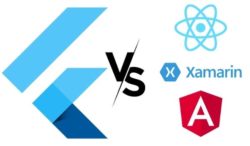
Hire Flutter Developers: Flutter vs Other Frameworks
Flutter is simple, flexible, and productive. But there are various other native and cross-platform app frameworks that work differently. Here are a few comparisons:
Flutter vs React Native
The development process with Flutter app development is faster, as you write only one code. But with React Native, separate codes are written from scratch for every format.
Business impact for start-ups and SMEs is higher with Flutter. Every new business requires a Minimum Viable Prototype (MVP) to understand its audience and attract new investors. Flutter’s UNIQUE UI and hot reload features help companies create MVPs efficiently.
Flutter apps run at a higher speed than React Native apps. In addition, React Native apps require bridge and native elements or a separate optimization for each platform. However, Flutter does not need one.
Flutter is free from third-party dependency. The SKD has its own automation tools and instructions for the app deployment. In React Native, the deployment depends on the developer’s skills and third-party tools.
Flutter vs Xamarin
Unlike Xamarin, Flutter has no licensing cost.
Finding a Flutter developer is easier than finding a Xamarin developer, as Flutter has a vast community of developers globally.
Product testing takes longer with Xamarin. The testing process depends on third-party tools and a large development team, resulting in higher costs. Unlike Xamarin, Flutter provides an excellent testing experience with lesser workmanship and cost.
The development and product testing with Xamarin are time-consuming, whereas Flutter can quickly develop and test complex projects.
Flutter vs Angular
Though Google supports both SDKs, Flutter ranks better than Angular on performance parameters. This is because Flutter uses the Dart programming language.
In addition, Angular uses only HTML for developing apps, whereas Flutter uses all the modern tools like HTML5, CSS, Bootstrap, and JavaScript.
Why is Flutter app development so popular?
According to the 2021 developer survey, Flutter was the most popular cross-platform mobile framework globally, and 42 percent of software developers used it.
According to a 2020 Google report, Flutter apps increased from 50,000 to 90,000 in the play store in April 2020. These numbers indicate the popularity of Flutter app development.
Flutter makes an ideal solution for building cross-platform apps. And thus, businesses can hire Flutter developers to build cost-effective apps with less time and effort, reducing the risks and errors of UI and security inconsistency.
Here is a practical example to illustrate Flutter’s capabilities:
Chinese e-commerce giant, Alibaba, wanted to improve Xianyu’s UI. Xianyu is Alibaba’s used goods platform.
Alibaba used Flutter to build 50+ million users for the Xianyu app and the app is still growing. Alibaba wanted ease of business anywhere and everywhere. Also, they wanted to create apps that are easy to navigate for users, possess the best graphics, load quickly, and are easily accessible to a wider customer base.
With Flutter, they were able to:
- Get high Frames Per Second (FPS)
- Invest less time in creating the UI
- Simultaneously maintain iOS and Android with a single codebase
- Better maintain apps
- The main, frequently visited and complex pages are run through a single codebase on iOS and Android
- Reduce workload
- Improve team efficiency
What is the role of Flutter developers?
Here are some roles and responsibilities of a Flutter developer:
- Participate in the app development, management, and maintenance
- Reviewing and ensuring that the code is clean and concise
- Identifying and resolving any code errors
- Explore new Flutter technologies, libraries
Flutter developer qualifications
There are three types of Flutter developers. They are as follows:
-
Junior Flutter developers
Most developers know only one programming language when they begin their careers. As a result, if you’re hiring Flutter developers with zero to one year of experience, be patient.
They might not know the framework completely. Also, junior developers will spend more time comprehending the framework’s logic and architecture. -
Mid-level Flutter developers
Mid-level Flutter developers usually have two to four years of experience. Mid-level Flutter developers can work independently on small projects. Hence businesses can consider recruiting such developers directly into the main development process to accelerate development. -
Senior Flutter developers
Senior Flutter developers come with more than four years of experience. If you wish to create a high-end cross-platform project with Flutter, hire senior Flutter developers. In addition to the development process, senior Flutter developers also guide junior and mid-level developers.
Senior Flutter developers bring more expertise to the table but at the same time, they charge significantly more than junior and mid-level developers.
Related post: How To Build a Software Development Team Structure
What skills are needed for Flutter developers?
Required hard skills to hire Flutter developers:
- Hands-on experience with Flutter technology and version control tools like Git.
- Solid understanding of Scooped Model or Business Logic Components, Dart (the programming language used for Flutter framework), and back-end web services, like Node.js or Firebase.
- Highly proficient in mobile app development for Android or iOS.
- Hands-on experience with Kotlin or Swift.
Required soft skills to hire Flutter developers:
- Communication and collaboration skills
- Good grasp of the English language
- Teamwork
- Creativity
- Dedication
What are the types of engagement models to hire Flutter developers?
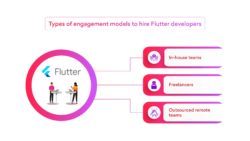
Types of Developers for Flutter App Development
You can engage an in-house team, freelance developers, or a dedicated remote team, depending on the project requirements.
In-house teams
Consider developing your in-house development team if you wish to start your software development company or are preparing to launch a large project that requires frequent upgrades and full-time post-development maintenance.
Advantages
- The development team will focus solely on your project, devoting all of their time and effort to it. Also, they’ll instantly resolve every query and answer any remark you make.
- You have complete control over the development process.
- Members of the in-house team usually share a similar culture, speak a similar language, and have similar perspectives on the work process. These benefits help avoid misunderstandings during the development process.
Disadvantages
- Hiring in-house teams can be more expensive in comparison to freelancing and outsourcing remote teams.
- The employer has to take care of everything from the hiring process to office equipment.
- There’s no assurance that the employee will stay with the company for long. So, there is a persistent fear of losing the hiring and training costs.
Freelancers
If a project is relatively small and you expect to complete it within a short time, hire freelance Flutter developers.
Advantages
- Hiring freelance developers is relatively inexpensive. Employers can further reduce expenditure as there is no human resource management cost.
- Employers can tap the global talent pool and recruit anyone without any legal constraints.
Disadvantages
- Language or cultural barriers may create misunderstandings.
- Time zone differences and different work schedules may delay work. So, there is no guarantee that your project will conclude on time.
- Most freelancers lack commitment toward one company. They fail to consider the time and breadth needed to engage in a specific project.
- Random problems, such as a bad internet connection or inefficient hardware may delay the completion of projects.
- Freelancers take longer than full-time workers to respond to urgent demands because of their workload and erratic schedules.
Outsourced remote teams
Outsourcing a dedicated remote team has become a global trend after the pandemic and will continue to grow in the future. The remote team concept works well for companies of all sizes and directions.
Advantages
- It is less expensive to outsource than to hire an in-house team. Also, developers in certain regions may charge lower than in others.
- Employers save a lot of time, energy, and money on the recruitment and vetting process and human resource management, as outsourcing vendors take care of this responsibility.
- Employers gain the capacity to focus solely on their primary business goal.
Disadvantages
- Cultural and time-zone differences can sometimes create misunderstandings.
Related post: Agile Software Development Lifecycle Phases Explained
How to hire the best Flutter developers?
So, once you’ve decided on the engagement model, outsourcing platform, and Flutter developer’s responsibilities, figure out how to assess their abilities. Here are some action points to help you conduct a successful recruitment.
Major requirements to hire Flutter developers:
- Proficiency in creating mobile apps using other programming languages and technologies
- Good knowledge of the Flutter framework
- Good experience in iOS or Android app development
- Excellent problem-solving and communication skills
- Good command of documentation
- Hands-on experience with the planning of app architecture
- Basic knowledge of agile development approaches
Steps to hire the best Flutter developers
Step 1: Screening
Screening allows you to find out more about the developer before the interview. Go through their resume and portfolio. Look for qualifications and work that best suit your requirements. Expert Flutter developers should have the following qualifications:
- At least an upper-intermediate level of English
- More than three years of experience in Dart, Kotlin, and Swift
- At least two Flutter-based apps on AppStore and PlayStore, or code samples on GitHub
- Hands-on experience with third-party libraries and APIs
Step 2: Interviews and tests
Arrange a telephonic interview before the one-on-one discussion. If you don’t have a technical background, ask your technical lead to hop on the call. Here are a few questions that you can include in your interviews.
Flutter developer interview questions:
- How long have you been using Flutter?
- Have you worked as an Android/iOS native developer before?
- Do you have a GitHub repository with a sample of your code?
- How does Flutter handle functions differently?
- How can I make sure my Flutter code is formatted consistently?
These are just a few sample questions. Google more relevant questions and keep them with you while interviewing. It’s also a good practice to involve case studies and time-bound live coding challenges in this recruitment step.
Step 3: Onboarding
Data suggest that more than 20 percent of new employees leave the company during the first 45 days of employment. So, onboarding is a critical step of any hiring process. Here are some action items to onboard new candidates:
- On their first day, give them time to learn. Being a new employee can be intimidating. Your developer may require some time to acquaint themselves with the company culture.
- Introduce them to coworkers. Ascertain that your new employee is at ease and knows who to contact if something is unclear.
- Make sure they know you’ve heard them. Allow new employees to express their thoughts with the team.
- Assist your new employee in learning and understanding their responsibilities; confirm and explain assignments as needed.
- Inform the new employee about the project, its objective, company vision, the working methodology, and any other information they may require.
- Share all lists of tools you frequently use and their login credentials. To create a consistent and seamless process, also share instructions on how to use them.
- Share SRS and any necessary paperwork relating to the project’s architecture, etc.
- If you have a lot of Flutter developers on board, pair-work can be a good option to help new employees become acquainted with the older team members. Pair the newly hired employee with an experienced team member. This will ensure a smooth development process.
So, what should you do to hire Flutter developers in 2023?
Flutter offers faster app development, easy integration, high performance, and flexible UI. Though Flutter came around only in 2017, it has become popular among app developers due to its benefits,
To hire Flutter developers, businesses must first define their project requirements, hiring budget, and time they are willing to spend on recruitment and resource management.
Remember, hiring an ideal Flutter developer is time-consuming and challenging, as skilled Flutter developers are in high demand in 2023.
If you wish to build a strong software development team in the cloud, visit Turing.com. Turing can help you hire senior, pre-vetted remote developers at unbeatable prices. With Turing, you can hire the top 1% of 1.5 million+ developers from 150+ countries.
FAQs
- What is Flutter used for?
Flutter is Google’s portable UI toolkit, allowing developers to build high-quality applications from a single codebase for desktop and mobile devices. Flutter is free and open-source, integrates with existing code, and is utilized by developers and businesses all over the world. - Is Flutter a programming language?
Flutter isn’t a programming language. Flutter is a software development kit (SDK) by Google that includes prewritten code, ready-to-use widgets, libraries, tools, and documentation to create cross-platform applications. - Which is better, Flutter or Java?
Java is a ‘Language,’ whereas Flutter is a ‘Cross-Platform App Development’ tool. Hence Flutter vs Java is not a fair comparison.
Tell us the skills you need and we'll find the best developer for you in days, not weeks.
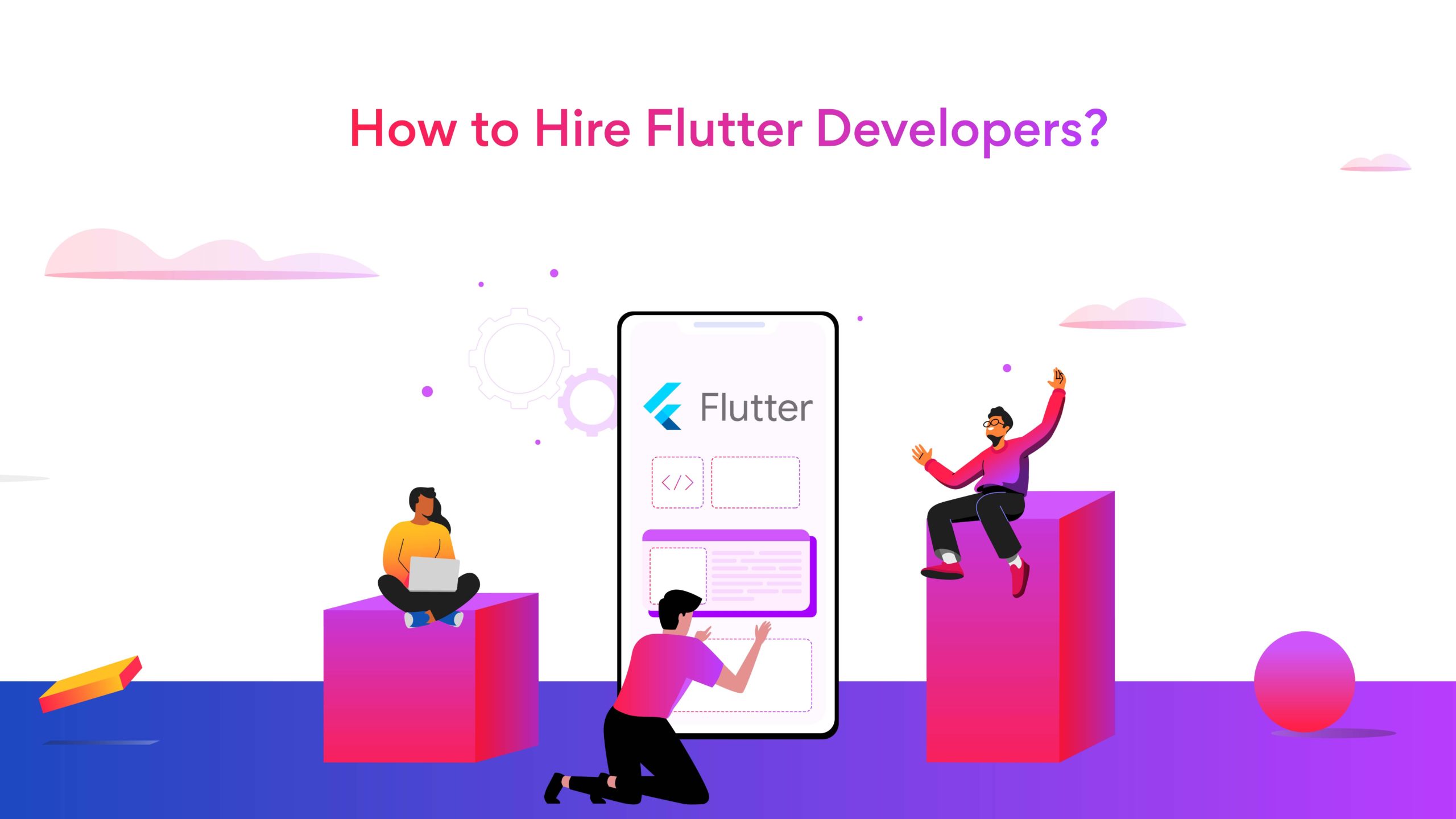


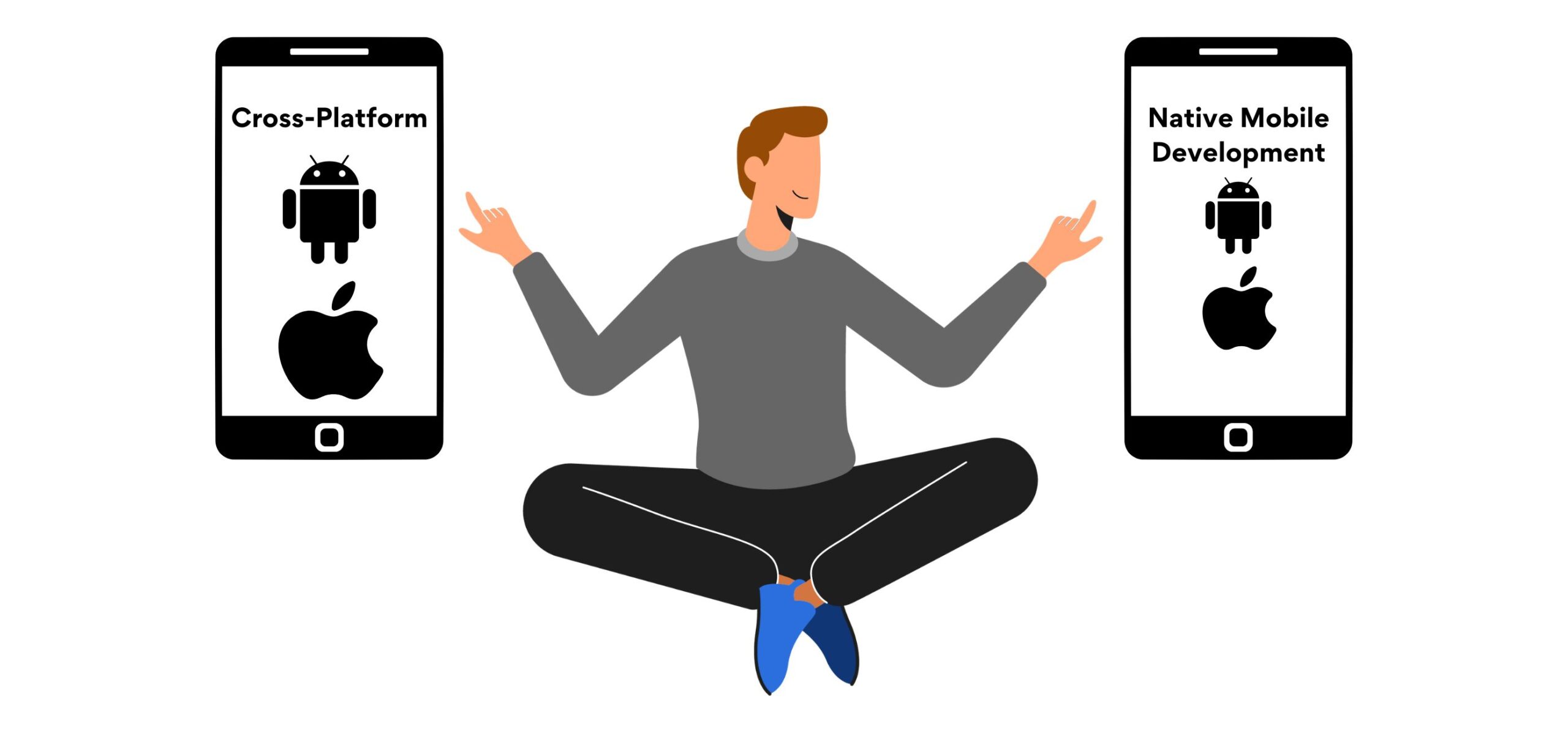
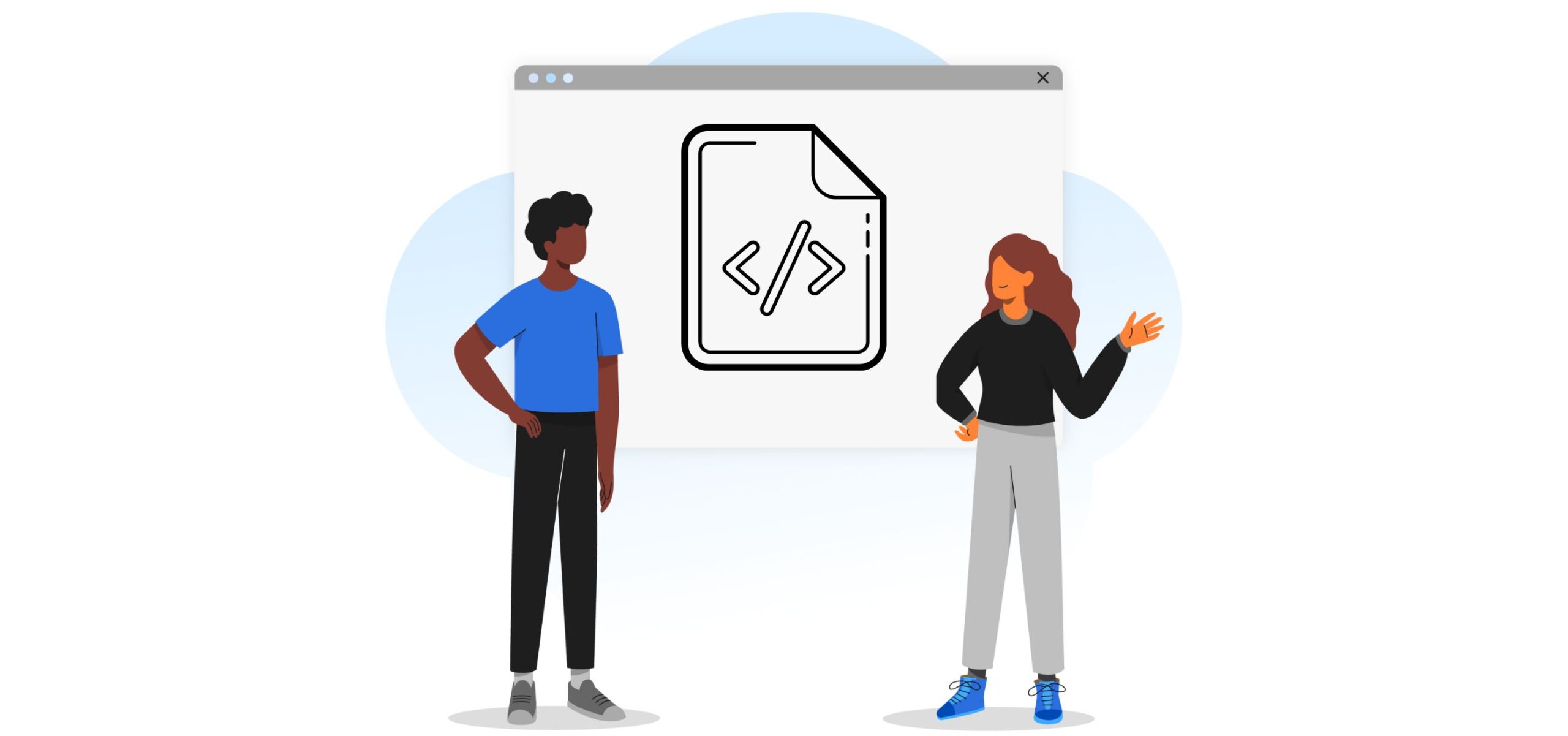
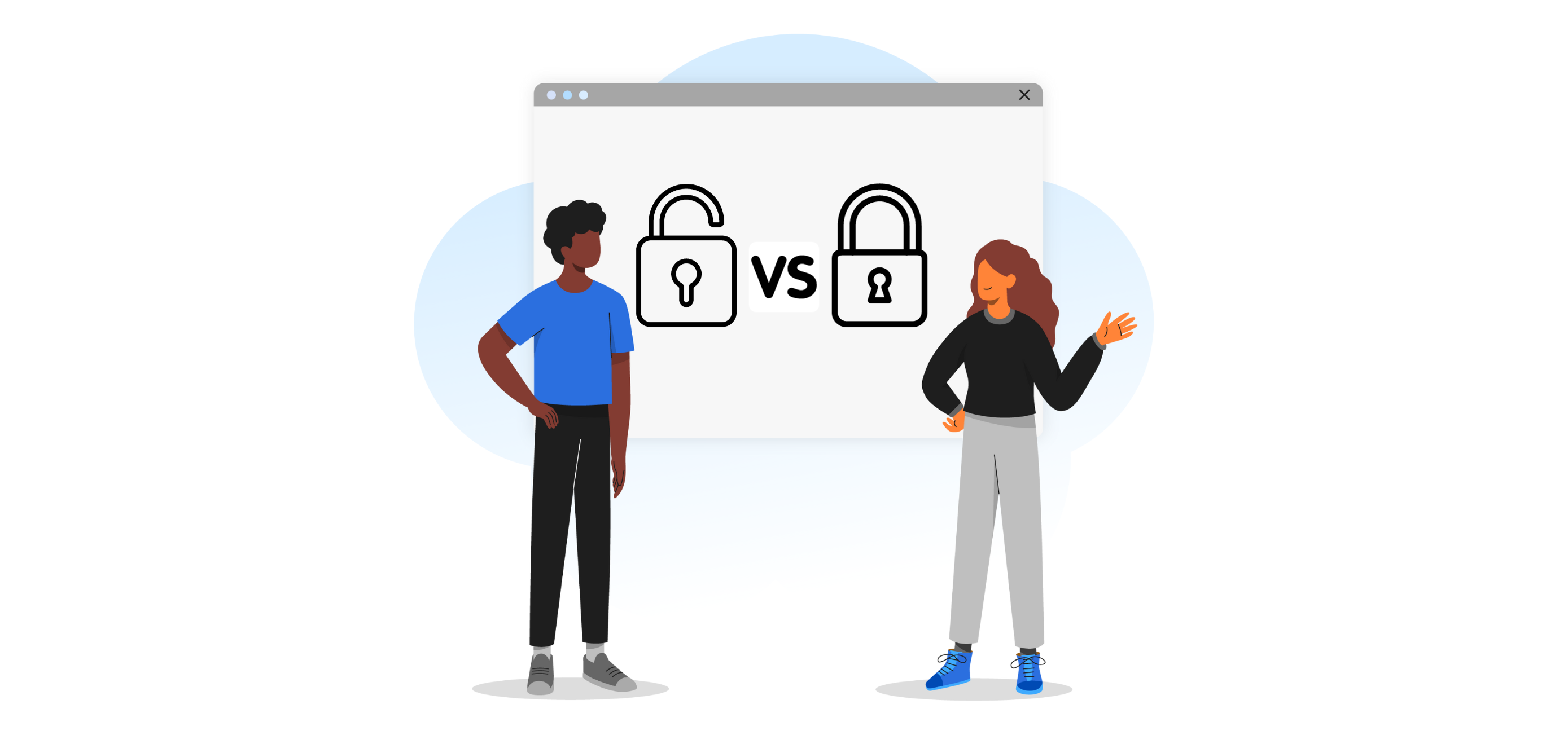
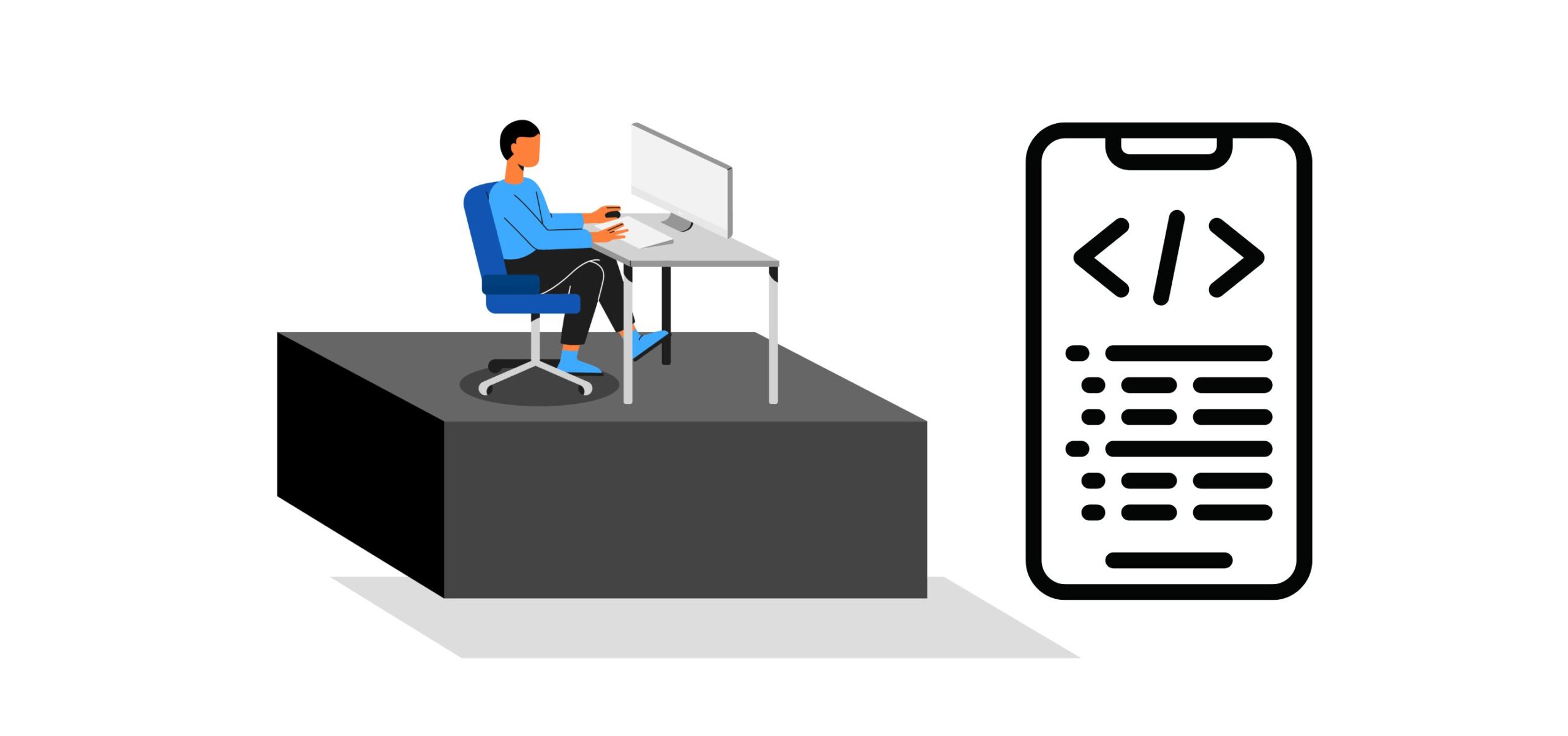
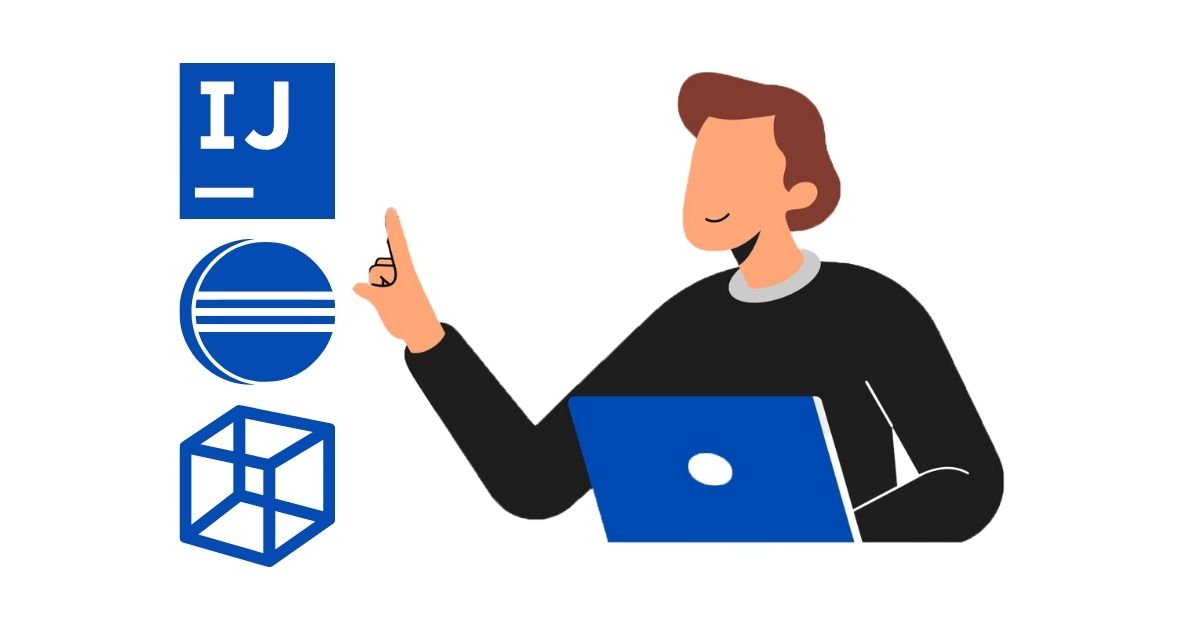

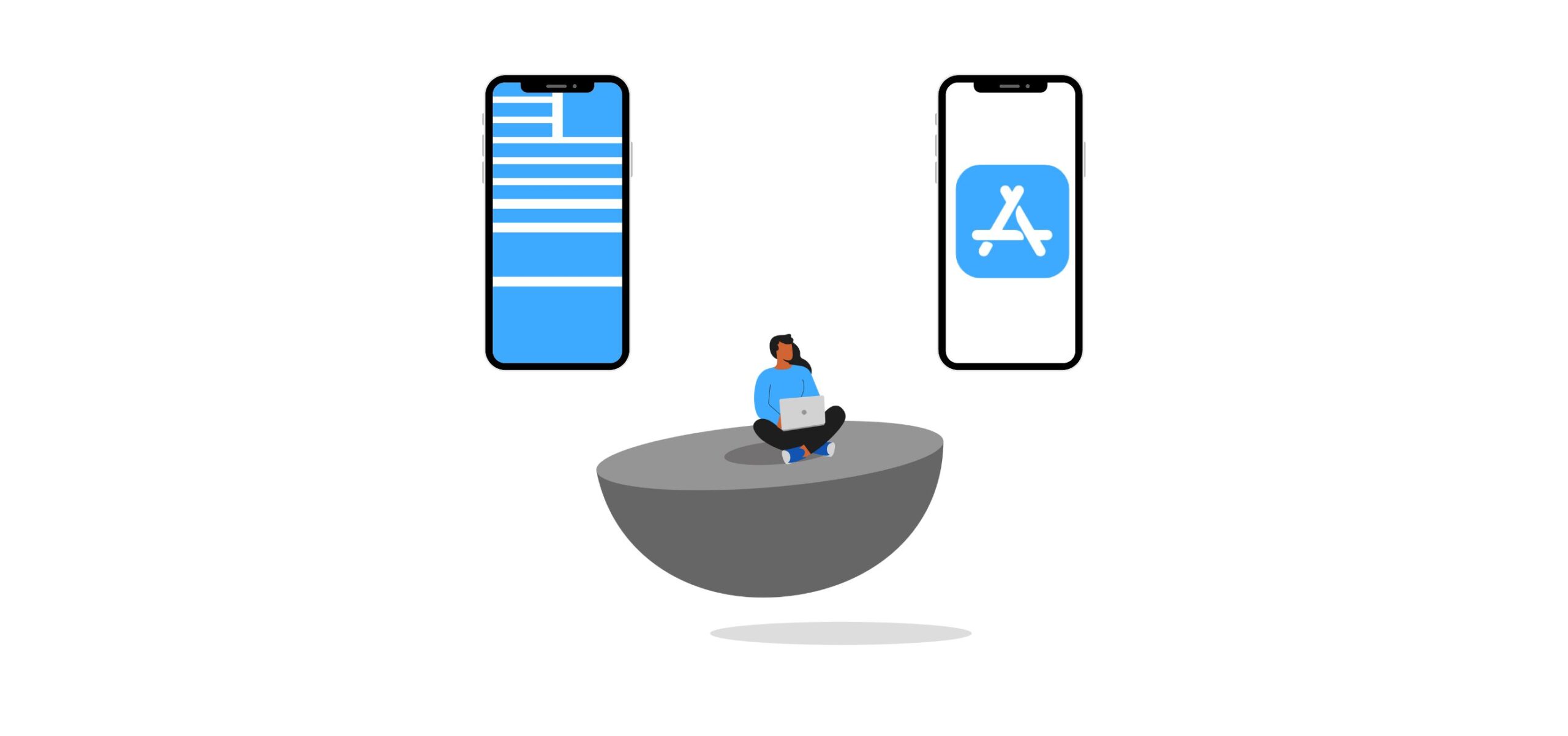
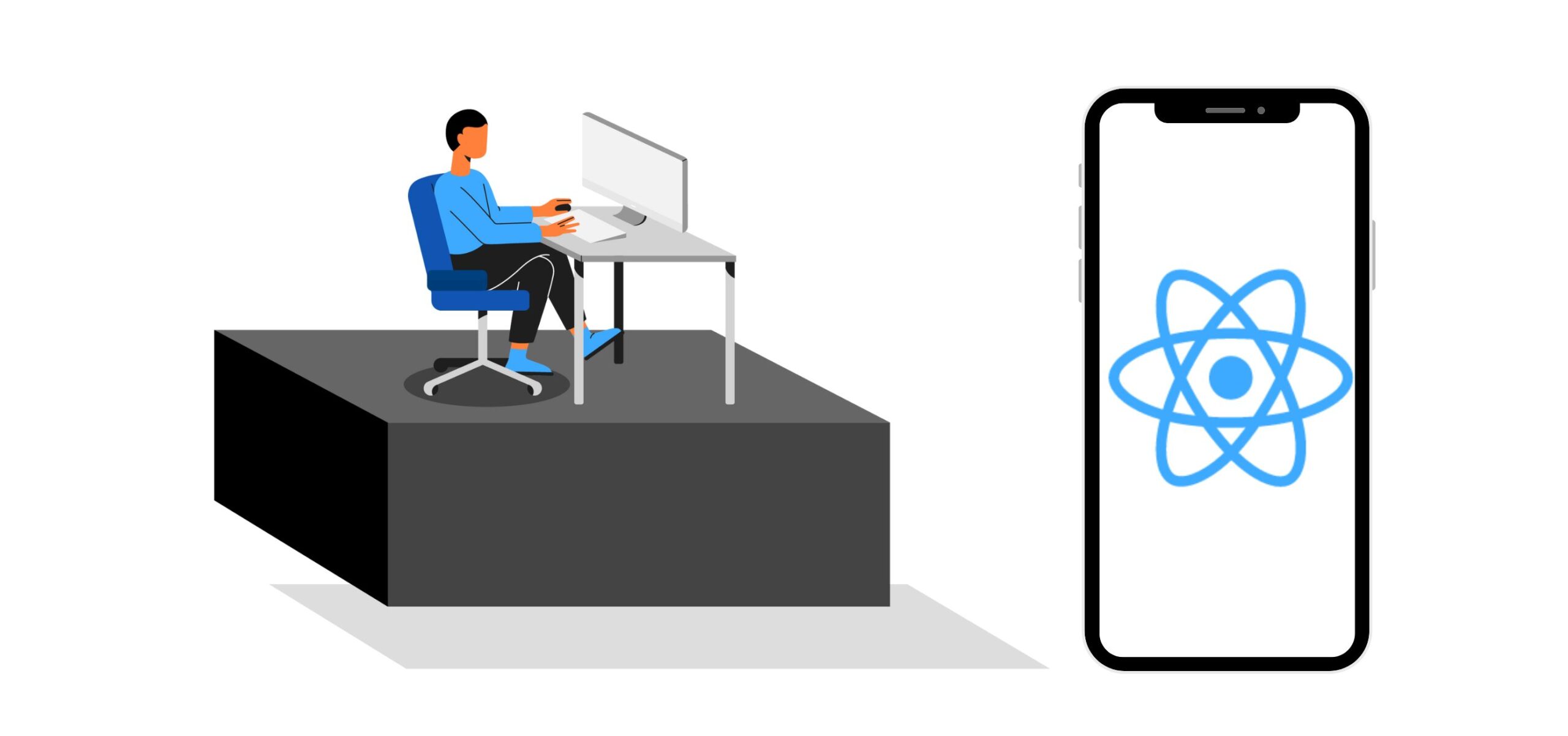
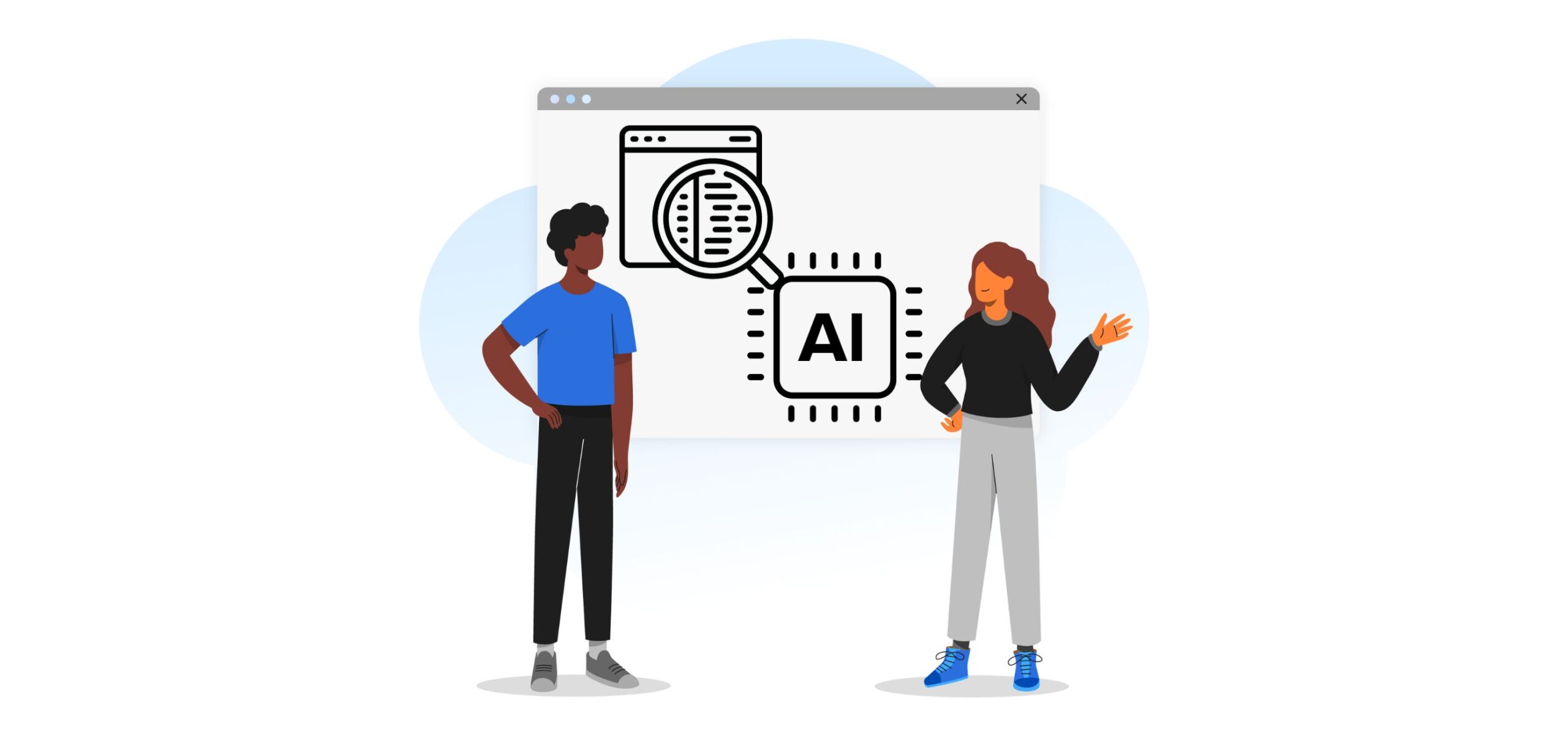
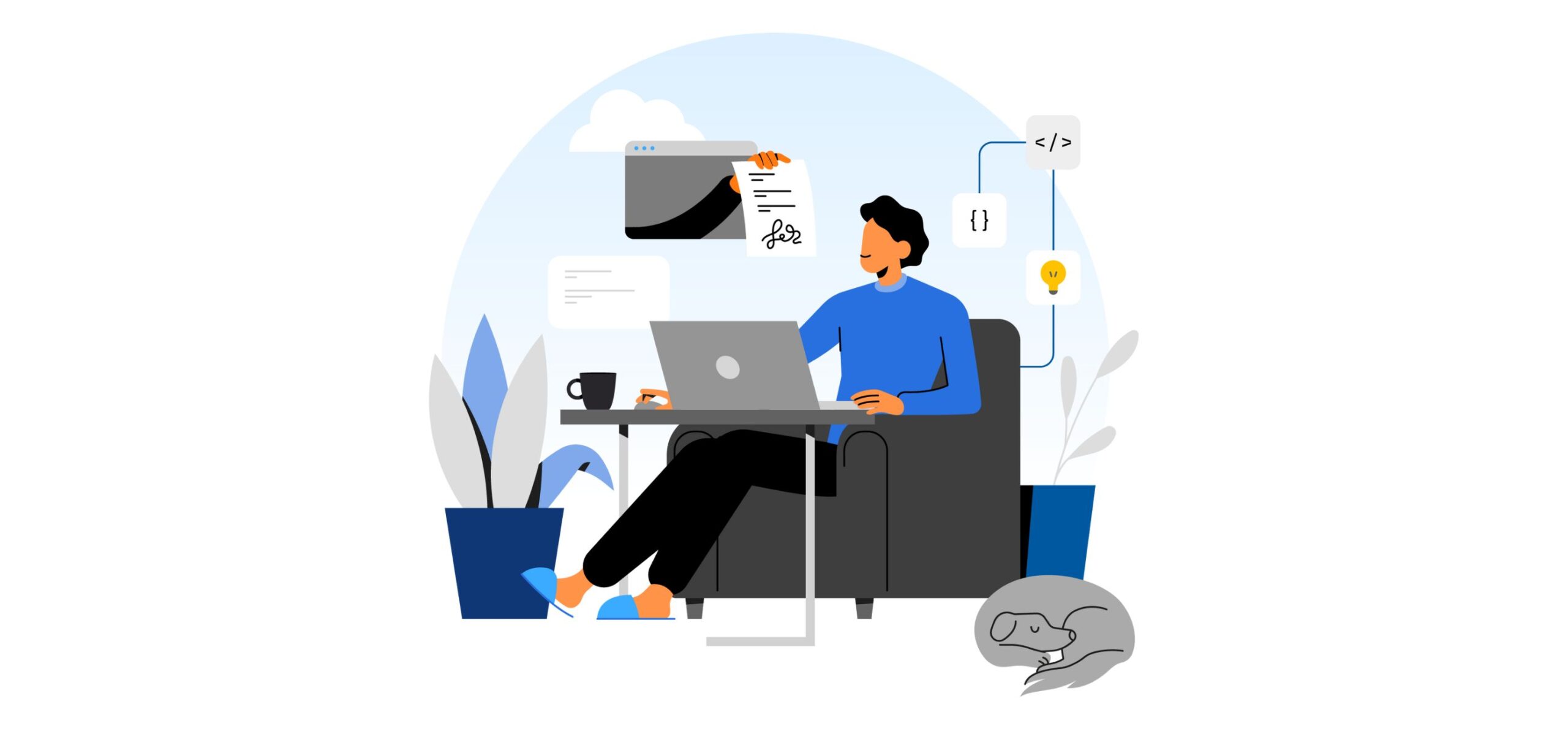
thanks for sharing such amazing information and i hope you keep on share such kind of useful information daily.
Thanks for sharing such an amazing information i hope you keep on sharing such interesting and informative articles